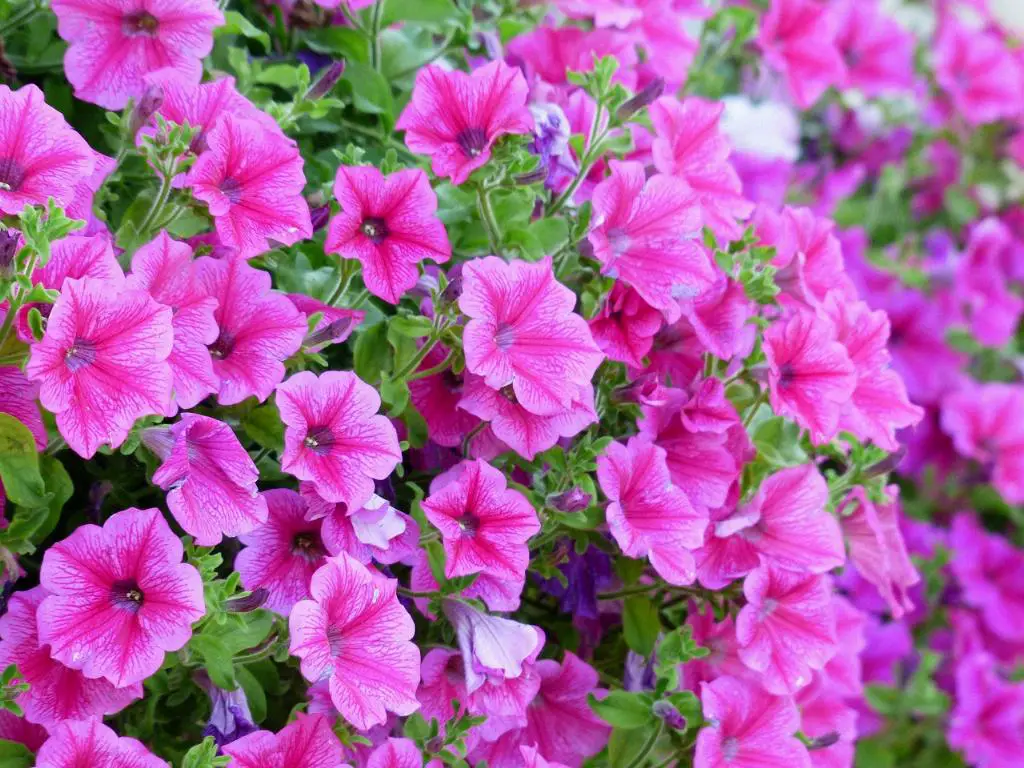When it comes to planting a petunia, there are a few key steps to keep in mind to ensure that your beautiful flowers thrive in your garden. Whether you are a seasoned gardener or a beginner, petunias are a great addition to any outdoor space, adding color and vibrancy to your landscape.
Choose the Right Location
First and foremost, select a location for your petunias that receives ample sunlight. While petunias can tolerate some shade, they thrive best in full sun, so aim to plant them in an area that gets at least 6-8 hours of sunlight each day.
Prepare the Soil
Before planting, make sure the soil is well-draining and rich in organic matter. You can amend the soil with compost or a balanced fertilizer to provide the nutrients necessary for healthy growth. Ensure that the soil pH is around 6.0 to 7.0 for optimal results.
Choose the Right Petunias
There are different types of petunias available, including grandiflora, multiflora, and spreading varieties. Choose the type that suits your garden best based on the size and color preferences. You can purchase petunia seedlings from a nursery or start seeds indoors.
Planting Petunias
When planting petunias, space them approximately 12 inches apart to allow for proper air circulation and growth. Dig a hole slightly larger than the root ball and gently loosen the roots before planting. Press the soil firmly around the roots.
Watering and Fertilizing
After planting, water the petunias thoroughly to help them establish their roots. Water regularly, especially during hot and dry periods, but avoid overwatering to prevent root rot. Fertilize the plants every 2-3 weeks with a balanced fertilizer.
Deadheading and Pruning
To encourage continuous blooming, deadhead faded flowers regularly by pinching them off. This will redirect the plant’s energy into producing new blooms. You can also prune leggy stems to promote bushier growth.
Pest and Disease Control
Keep an eye out for common pests such as aphids, slugs, and snails that may attack petunias. Use organic pest control methods or insecticidal soap to manage infestations. Prevent diseases by avoiding overhead watering and ensuring good air circulation.
Support and Training
If you are growing trailing petunias, provide support such as trellises or stakes to help them climb and sprawl. This will keep the plants upright and prevent them from becoming tangled or damaged.
Seasonal Care
During the growing season, continue to water, fertilize, and monitor your petunias for any signs of stress or nutrient deficiency. Make adjustments as needed to ensure your plants remain healthy and vibrant.
Overwintering Petunias
In colder climates, petunias are often grown as annuals and do not survive frost. To overwinter petunias, you can take cuttings or bring potted plants indoors during the winter months to protect them from the cold.

Enjoying Your Petunias
With proper care and attention, your petunias will reward you with a stunning display of colorful blooms throughout the growing season. Sit back, relax, and enjoy the beauty that these versatile flowers bring to your garden!
